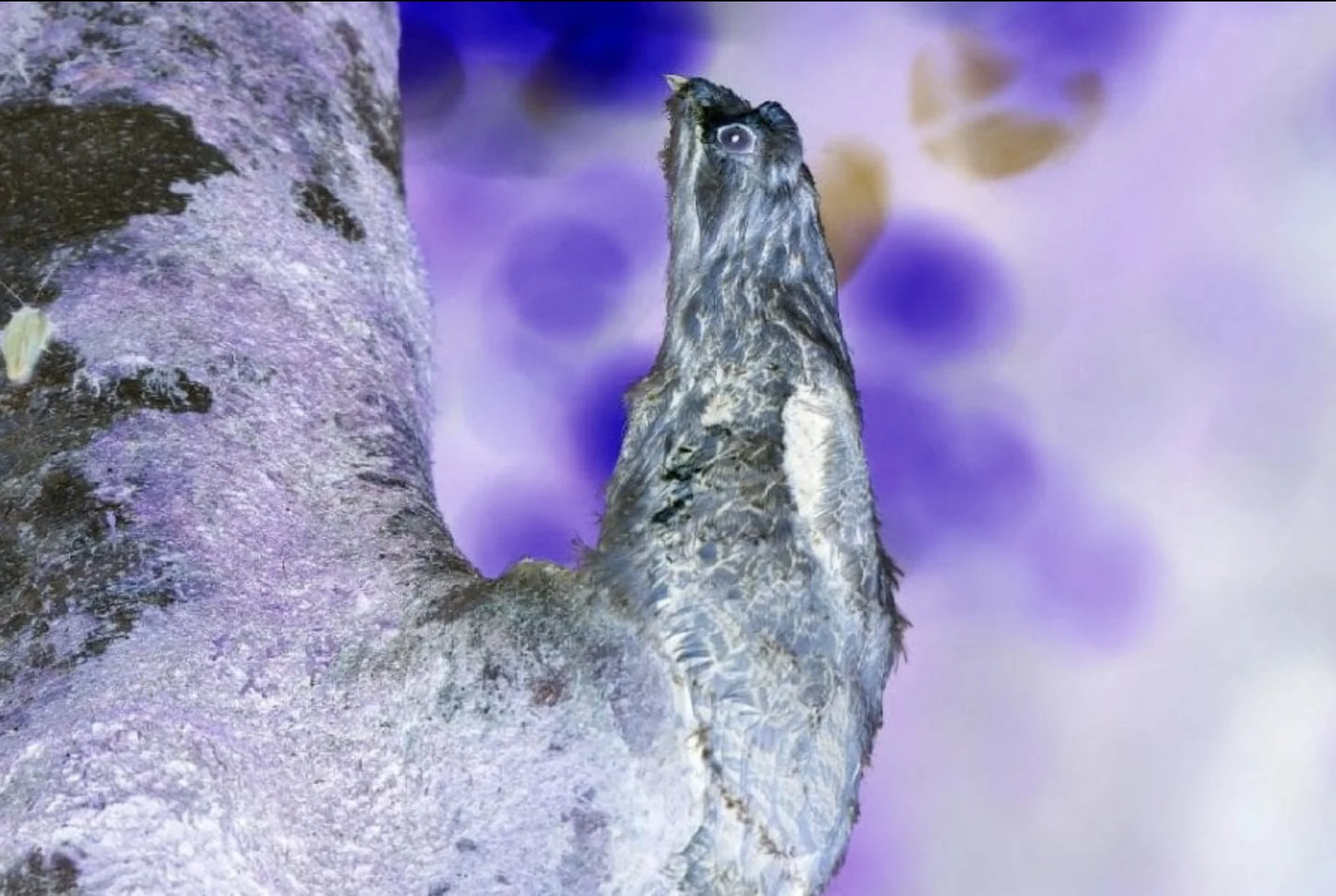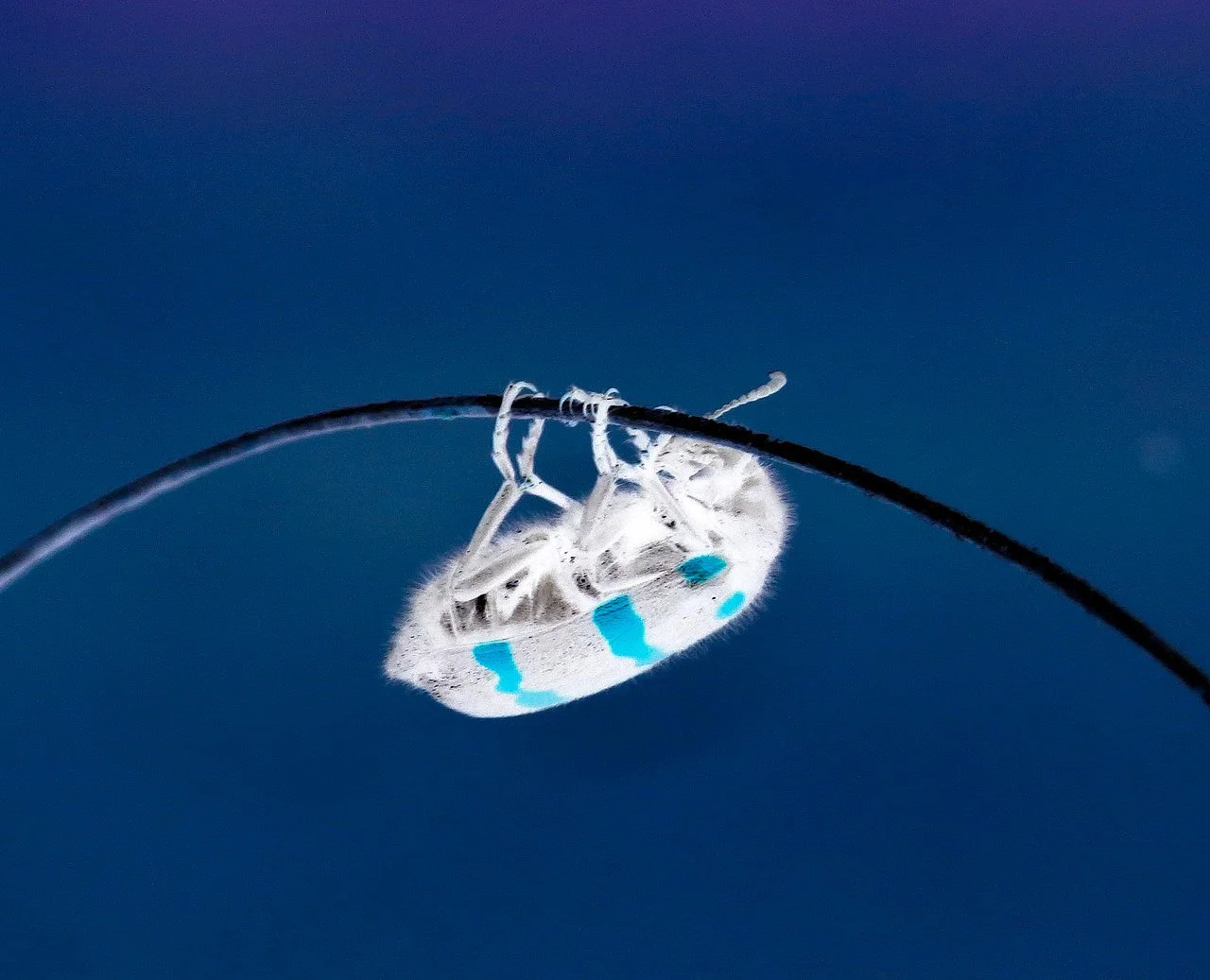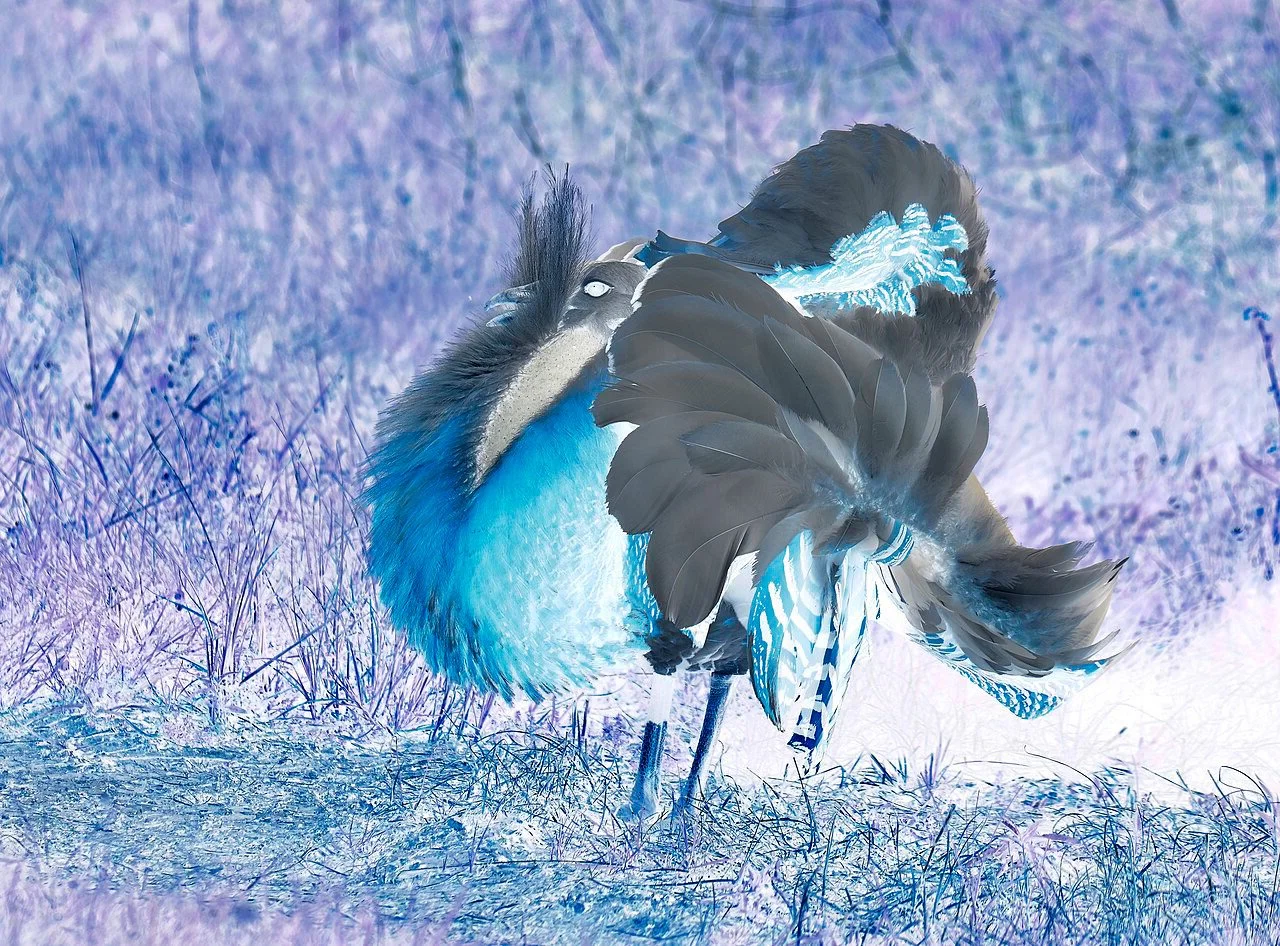For great bustards, “beauty is poison.” New research reveals that males of this species consume small doses of a highly toxic compound to rid themselves of internal parasites to look healthier and sexier for female birds.
Researchers from the Spanish National Museum of Natural Sciences discovered the bustards’ beauty secret after combing through hundreds of faeces samples collected in the field and dissecting several birds. These investigations showed that male great bustards had consumed a notable amount of blister beetles. A black and red insect that uses its conspicuous colouration to warn potential predators of its toxicity. It produces cantharidin that can kill many animals, including humans. Great bustards tolerate cantharidin, but large doses are lethal.
While females did eat a few of the beetles, an excessive amount of those insects turned up in the males’ systems. The researchers hypothesised that the bustards might be self-medicating for something. They performed separate tests to see how various bacteria might react to the poison, including ones that cause sexually transmitted bird diseases. The doses of cantharidin in the birds’ faeces were enough to kill off bacteria.
The researchers recognised that male great bustards eat just enough toxic beetles to clear their systems of STDs and other diseases before the mating season. The Great Bustard is a polygynous bird with extreme male competition for female access. The team found the highest concentration of beetles during the time that males put on elaborate courtship dances.
Part of that selection process involves the female inspecting the male’s cloaca, i.e. the bird’s rear end. ”A white, clean cloaca with no infection symptoms (e.g. diarrhoea) is a signal of resistance to cantharidin and the absence of parasites. It represents a reliable indicator of the male quality to the extremely picky females.” Finding a mate is worth the males’ risk of death by beetle poisoning.



